The Québec maritime Blog
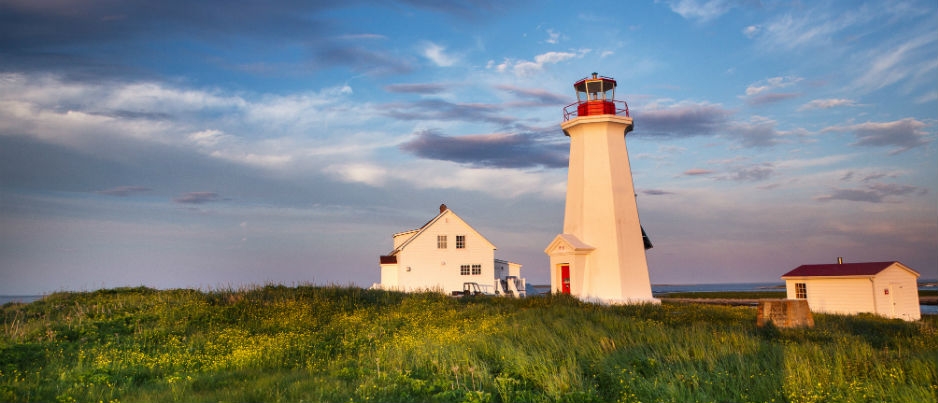
-
Île aux Perroquets Lighthouse
Patrick Matte
5 Lighthouses, 5 Fascinating Stories about Lightkeepers
The lighthouses of the St. Lawrence have witnessed significant moments in the country’s maritime history. This is also true of the lightkeepers and their families, courageous pioneers whose mission was to make navigation on the St. Lawrence safer. Find out more about these lightkeepers, who left their mark on the history of our regions and still spark our imagination today.
Île Verte Lighthouse | Bas-Saint-Laurent
Lightkeepers from generation to generation
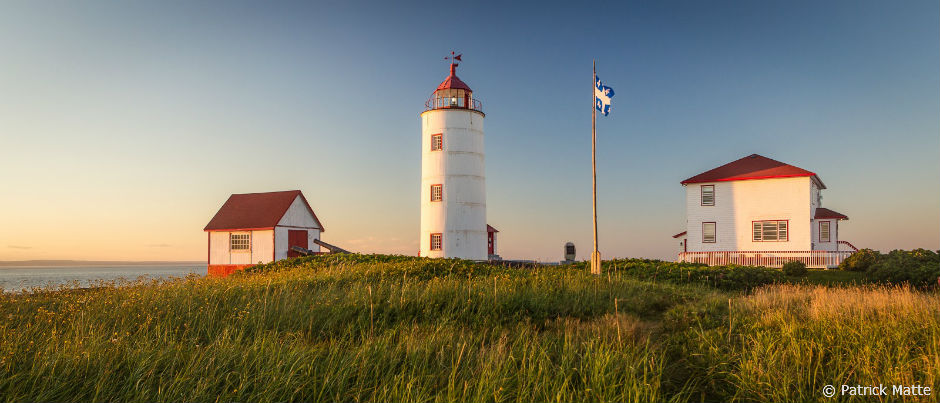
The epic story of the lighthouses of the St. Lawrence begins on Île Verte (Green Island) in the early 19th century. In the spring of 1806, the newly created Trinity House in Québec City chose the location of the first lighthouse to be built on the St. Lawrence: the northernmost point of Île Verte. This site was chosen to signal the presence of this island and the reefs on Île Rouge (Red Island) to the north, as well as to secure the entire area at the mouth of the Saguenay River, which is difficult to navigate due to strong currents. The lighthouse was built over a period of three years and was lit for the first time in 1809.
The oldest lighthouse on the St. Lawrence was home to many generations of the Lindsay family, who were lightkeepers there over a period of 137 years. This dynasty began in 1827, when Robert-Noël Lindsay became the second Île Verte lightkeeper. He held the position for 40 years, passing it on to the youngest of his 12 children, Guilbert, who had worked as an assistant lightkeeper at the Île Rouge Lighthouse. Once Guilbert replaced his father on Île Verte, he was the lightkeeper there for over 20 years. Unfortunately, he never got to enjoy his retirement: he was crippled in an accident while painting the dome of the lighthouse, which led to his death a few years later.
Guilbert’s son, René W. Lindsay, who was only 16 years old at the time, replaced his father immediately after the accident. Aware of the difficult working conditions of lightkeepers, René collaborated with others to create a lightkeepers’ association. When he retired after 39 years of service, his son, Joseph-Alfred “Freddy” Lindsay, took over the job, which he held until 1964. The lighthouse was automated soon after that, but Freddy Lindsay’s two sons would still be keepers in their own way, by preserving the memory of their ancestors.
Pointe-des-Monts Lighthouse | Côte-Nord
Close-knit families
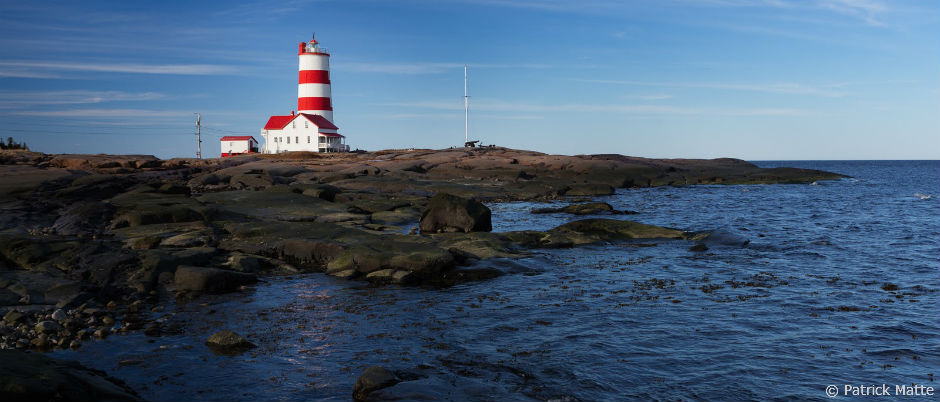
The second lighthouse on the St. Lawrence was built in 1830, twenty-one years after the first. Trinity House considered three locations and selected Pointe des Monts in Côte-Nord. This is an area where navigation is dangerous, since it’s located on the border between the Estuary and Gulf of St. Lawrence. Unfortunately, the lighthouse is not quite in the right spot! Harbour master John Lambly, who was employed by Trinity House to identify the future site of the lighthouse, began work at the wrong place, on a rocky outcrop nearly 2 km (1.25 mi.) downstream from the actual Pointe des Monts. Some claim this was a simple mistake; however, others believe that a quarrel with William Lampson, a trader who had acquired hunting rights on this territory, was behind this odd decision. In any case, the site chosen by Lambly is where the Pointe-des-Monts Lighthouse now stands.
The lightkeeper lived with his family inside the tower itself. The six floors included a kitchen, common areas and bedrooms. Every evening, the lightkeeper had to light 17 lamps, all of which were equipped with a reflector that allowed them to be seen from several kilometres away. On foggy days, he fired a cannon shot every 15 minutes. Needless to say, when the fog lasted several days in a row, this work was exhausting! As a result, the lightkeeper’s family would sometimes give him a hand so he could rest for a few hours.
Louise Langlois, the wife of Zoël Bédard, who was the lightkeeper from 1844 to 1867, applied to replace her husband after his death. She had taken care of the lighthouse during his illness. Despite her experience, Trinity House rejected her request, claiming that her advanced age and the fact that she was a woman made her unsuitable for the job.
Cap-des-Rosiers Lighthouse | Gaspésie
A vigilant lightkeeper
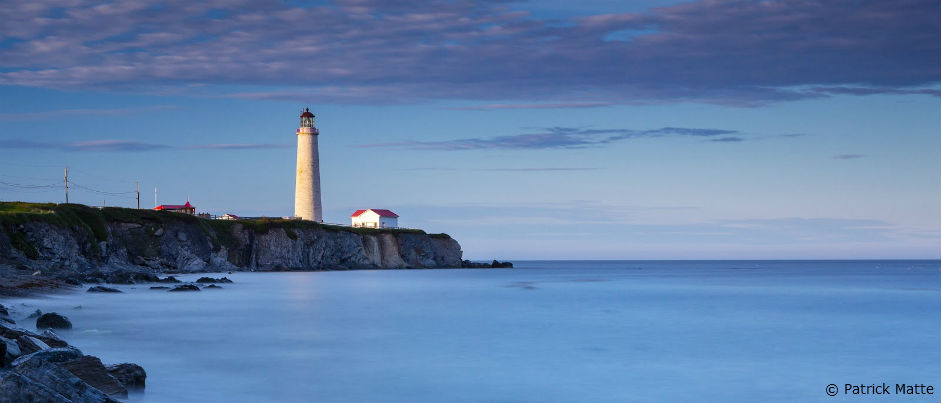
Cap des Rosiers (literally “Rosebush Cape”), at the easternmost tip of the Gaspé Peninsula, was named after the abundance of wild roses that were spotted by Samuel de Champlain during his visit in 1632. The lighthouse was built between 1853 and 1858, after several major shipwrecks occurred in this area. No expense was spared: building the lighthouse cost $115,000, and its light can be seen up to 26 km (16 mi.) at sea. Today, it is the only Imperial Tower-style lighthouse still standing in the province of Québec.
Life at this lighthouse was pleasant because of its location in the village, unlike many others that are isolated on islands or points. This proximity enabled the lightkeeper and his family to have a social life, attend school and church, and belong to a community.
During the Second World War, Joseph Ferguson was the lightkeeper at Cap-des-Rosiers. On September 15, 1942, while scanning the waters, he spotted a German U-boat. These submarines had been lurking in the estuary for a few months, and the lightkeeper knew they had sunk several ships. He sounded the alarm to the civil defense but was seemingly not taken seriously. Two ships were sunk that day, the SS Saturnus (Netherlands) and the SS Inger Elizabeth (Norway).
Anse-à-la-Cabane Lighthouse | Îles de la Madeleine
A lightkeeper who wanted a little more sleep!
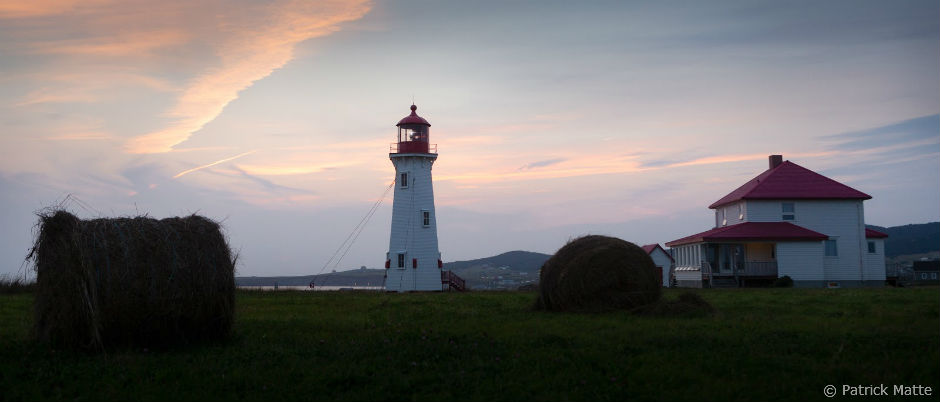
Between 1855 and 1880, over 200 ships ran aground in the Îles de la Madeleine. A series of lighthouses were therefore built at various key locations in the archipelago. The Anse-à-la-Cabane Lighthouse, on Havre Aubert Island, is the southernmost lighthouse on the Islands, as well as the tallest (at 17.1 metres / 56 feet). The second lighthouse built in the archipelago, it cost a modest $6828.01. The first lightkeeper, William Cormier, lit it for the first time on June 30, 1871.
In this lighthouse, the lightkeeper had to climb up four storeys of narrow stairs to turn the light on and off. He also had to return to the lighthouse at regular intervals to wind up the weights that rotated the light. (The weights sank slowly to the bottom of the lighthouse, turning the light, and had to be wound up every few hours). As the lighthouse operated at night, the lightkeeper’s sleep was not exactly restful!
Edmond Boudreau, the last lightkeeper, had a smart idea: he cut a hole in the ceiling of the first floor of the tower so the weights would fall even further, which allowed him to get an extra hour of sleep. With the help of his brother, who was an electrician, he also wired the lighthouse to his house. This improvement allowed him to activate the light without leaving his bedroom!
Île aux Perroquets Lighthouse | Côte-Nord
Writing lightkeepers
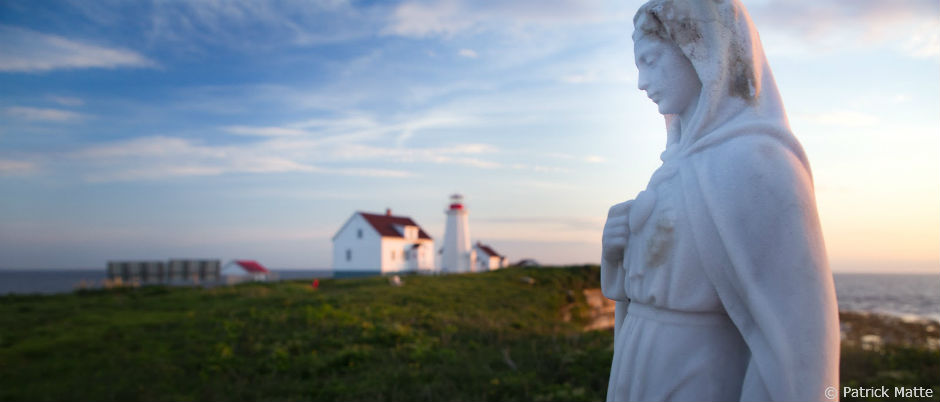
The first lighthouse built on Île aux Perroquets (Parrot Island)—named after the Atlantic puffins that live there—was constructed in 1888. (The current building, which has been designated a heritage lighthouse, was built in 1951.) Over time, many of the lightkeepers on this island in the Mingan Archipelago became writers. The first, Count Henry de Puyjalon, was a French scientist who fell in love with the wilds of Canada, so much so that he became a Canadian citizen at the same time as he became a lightkeeper. He published several books, including Récits du Labrador (“Tales of Labrador”), and was one of the first environmentalists, raising awareness among government officials and the public regarding the risks of overexploiting natural resources.
Placide Vigneau was also a lightkeeper on Île aux Perroquets, from 1892 to 1912. Living on the island gave him lots of quiet time for writing. His many books, stories and notes contain a wealth of information about the maritime history of that time.
The island’s last writer was Mary Collin-Kavanagh, the wife of Robert Kavanagh, who was the lightkeeper from 1948 to 1976. Having spent most of her life raising a family on the island, she recounted the vagaries of her unusual life in her book Femme de gardien de phare (“The Lightkeeper’s Wife”), including the dangers involved in crossing to the mainland. She shared a story about a particular crossing in December 1954, when the boat’s engine failed while the lightkeeper and his assistant were on board. The wind rose and they lost all visibility. Caught in the ice, Kavanagh promised the Virgin Mary he would erect a statue in her honour if they made it back safely to the island. The ice opened before them, leaving a passage just wide enough for them to row back to shore. Since then, a statue of the Virgin Mary has watched over the island as well as over local sailors.
There are so many more stories to tell about the lighthouses in Eastern Québec! To learn more, consult the itinerary of the Lighthouse Trail and plan a few stops on your next road trip. Other exciting tales await you in our regions!

(0) comment